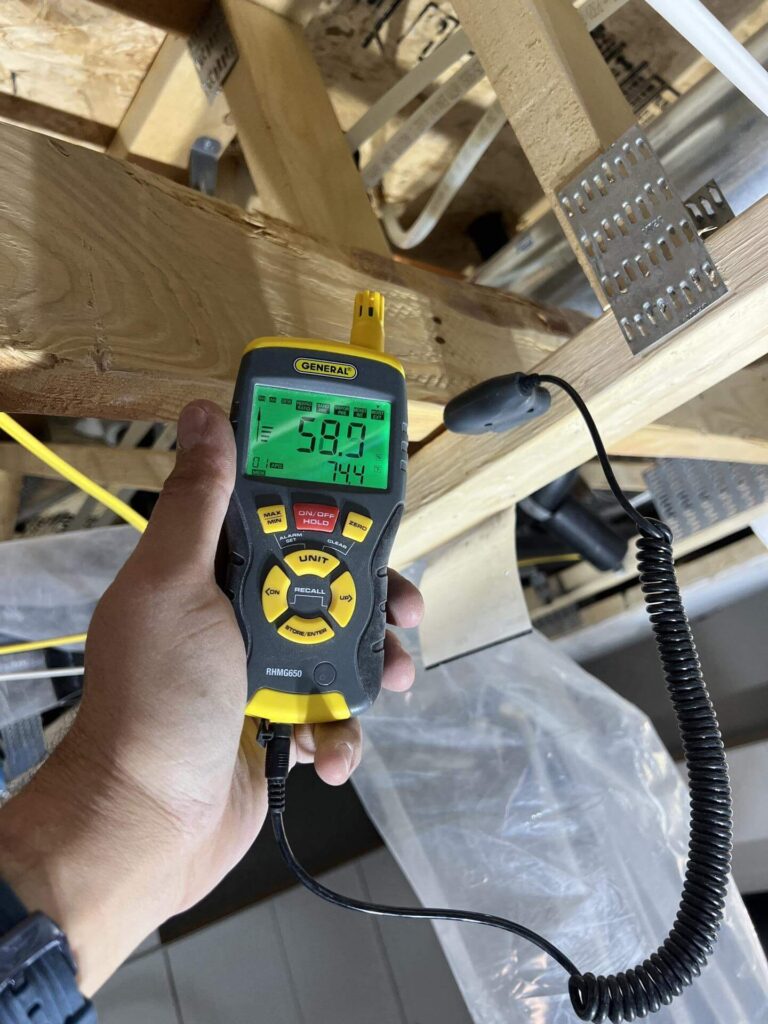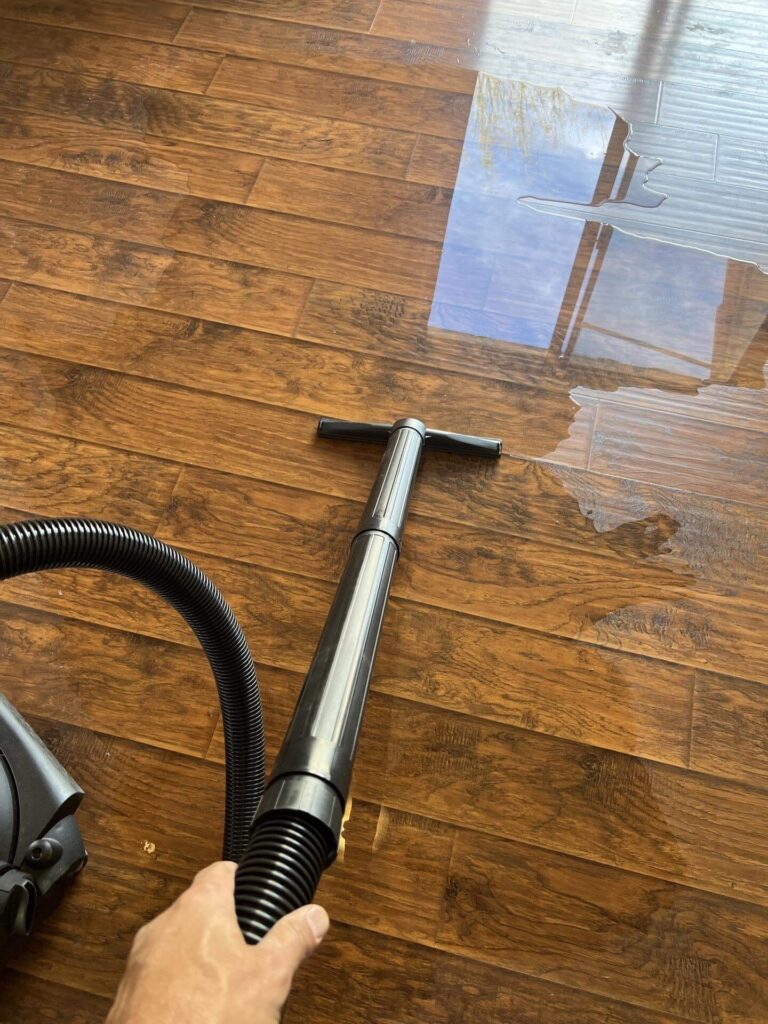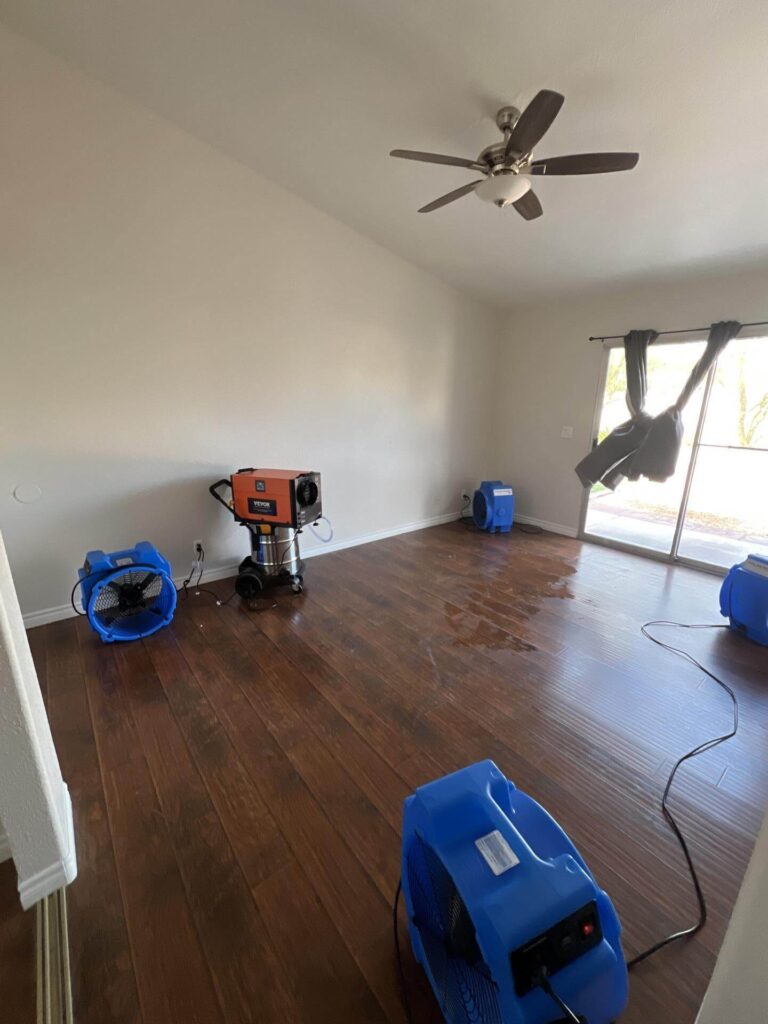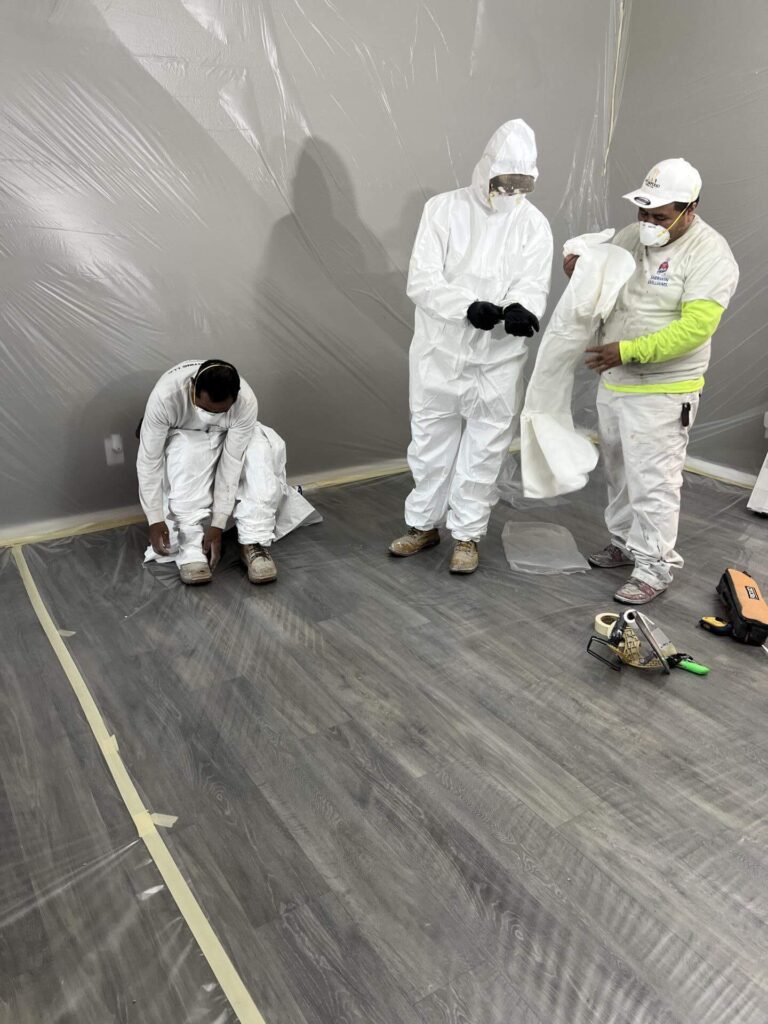Restoring the past, building the future
By: Uri Shalev | Last updated: 8/6/2025
Understanding what is water damage and the process of restoration is crucial to any homeowner. In this post I’ll cover the causes and provide a detailed guide for the restoration process, so read on!
Water damage restoration is the multi-step process of repairing and restoring a property after it’s been affected by water from flooding, leaks, or burst pipes. It involves assessment, water removal, drying, sanitizing, and repairs – all aimed at preventing further damage and returning the space to its pre-loss condition. Fast and professional response are crucial for a successful outcome.
That’s it! For the complete guide read on, here’s what I’ll cover:
Water damage restoration is the comprehensive process of repairing and restoring a property after it has been compromised by water intrusion. The primary goals are to ensure safety, minimize long-term damage, and return the property to its original condition. The process of water damage restoration involves:

Inspection and assessment of water damage involve a systematic evaluation to determine the source, extent, and impact of the water intrusion, guiding a safe and effective restoration plan. This process begins by identifying where the water is coming from, whether it is a burst pipe, leaking appliance, flood, or another source. A detailed visual inspection follows, looking for visible signs such as stains, discoloration, warping, or mold. To uncover hidden moisture, professionals use tools like moisture meters and thermal imaging to check inside walls, ceilings, floors, and insulation.
Structural components are also examined for signs of deterioration, including rot, sagging, or other damage that could affect the integrity of the building. Mold risk is assessed, and in some cases, air or surface samples may be taken to detect hidden colonies. The type of water involved is classified by its contamination level—clean, gray, or black water—which determines the appropriate safety and cleanup protocols.
All findings are carefully documented through photos, moisture readings, and written reports, which are essential for insurance claims and planning the next steps. Immediate hazards, such as electrical or structural dangers, are addressed to ensure a safe environment for mitigation work. Finally, a detailed inspection report is prepared outlining the extent of the damage and a recommended course of action.
A thorough inspection ensures that no damage is overlooked, that safety concerns are addressed from the start, and that the restoration process can move forward with clarity and confidence.

Water removal is the second critical step in the restoration process and focuses on eliminating all standing and trapped water from the property to stop further damage. This begins with the extraction of visible water using industrial-grade pumps, wet or dry vacuums, or truck-mounted machines, depending on the volume and location of the water. Once standing water is cleared, specialized tools are used to extract moisture from absorbent materials such as carpets, upholstery, and flooring.
Items that cannot be salvaged, like soaked drywall, insulation, or carpet padding, are removed and disposed of to prevent mold growth and further contamination. Throughout the process, technicians use thermal imaging and moisture meters to identify any hidden dampness that may still exist behind walls, under flooring, or in other concealed spaces. Once as much water as possible has been extracted, the area is immediately prepared for the next stage: drying and dehumidification.
Thorough water removal is essential to limit structural damage, reduce overall drying time, and prevent the onset of mold and related health hazards.

After water has been removed, the drying and dehumidification phase begins. This stage is critical to stopping ongoing damage, preventing mold growth, and preparing the space for repairs. The process starts by promoting evaporation through the use of high-velocity air movers, which are strategically placed to circulate air across wet surfaces such as walls, floors, and furniture. At the same time, industrial dehumidifiers are deployed to pull moisture from the air, lowering humidity levels and accelerating the drying process.
Maintaining a warm and stable indoor temperature further enhances evaporation and drying efficiency. Throughout this phase, professionals continuously monitor moisture levels using thermal imaging and moisture meters to ensure progress and to identify any hidden moisture that may remain in walls, floors, or cavities. Based on these readings, air movers and dehumidifiers are repositioned or adjusted as needed to ensure even and thorough drying.
Drying typically takes between three and seven days, depending on the extent of the damage, the materials involved, and the environmental conditions. Once the process is complete, final tests are performed to verify that moisture levels have returned to safe and acceptable standards before any repairs or rebuilding begin. Effective drying ensures that no moisture is left behind, reducing the risk of mold growth and long-term structural issues.

Once drying is complete, the cleaning and sanitizing phase begins to ensure the property is safe, healthy, and free from harmful contaminants. This step addresses both surfaces and air quality, helping restore the space to livable conditions while preventing future health risks. The process starts by clearing out any remaining debris or damaged materials that may have been left behind during extraction or drying.
All affected surfaces, including floors, walls, furniture, and fixtures, are then thoroughly cleaned using professional-grade agents to remove dirt, residues, and microbial contamination. Disinfectants and antimicrobial treatments are applied to eliminate bacteria, viruses, and mold spores that could pose serious health risks. Carpets, rugs, and upholstered furniture are also professionally cleaned and sanitized to remove any trapped moisture or lingering odors.
Air quality is addressed using air scrubbers, fogging equipment, and odor-neutralizing treatments to eliminate airborne contaminants and unpleasant smells. Once cleaning and sanitizing are complete, professionals perform verification checks to ensure that no harmful organisms remain. In many cases, especially after sewage backups or floods involving Category Two or Three water, mold inhibitors and protective coatings are also applied to reduce the risk of future microbial growth or secondary water damage.
This stage is essential for making the property safe to occupy again and for preventing long-term health or hygiene concerns.

The final step in the water damage restoration process is repairing and restoring the property to its original, pre-damage condition. Depending on the severity of the damage, this phase can range from minor touch-ups to full-scale reconstruction. Common tasks include:
Structural repairs to framing, joists, or supports if compromised
M&M Restoration offers full-service home remodeling tailored to post-damage recovery, as well as home renovations by design – Whether it’s rebuilding a single room or redesigning entire spaces, our licensed team ensures your home is not just repaired, but beautifully renewed
Despite its dry desert climate, homes in Las Vegas face a variety of water damage risks that can strike suddenly and cause serious harm to property. Some of the most common sources include:
If left unaddressed, these events can result in mold growth, structural damage, health hazards, and significant repair costs. Regular inspections and quick professional response are key to minimizing damage.
Monsoon season adds another layer of risk for Las Vegas homeowners. Running from late June through September, this period brings sudden thunderstorms that can dump more than half of the city’s annual rainfall in just a few weeks. Risks during monsoon season include flash flooding, roof and ceiling leaks, drainage system overload and soil erosion or saturation around homes, which can weaken structures and landscaping
Due to the hard, dry desert soil and rapid urban runoff, monsoon rains often lead to quick and destructive water accumulation. That’s why preparedness and fast action are essential during this high-risk season.
Quick action is critical in any water damage situation. The longer water remains untreated, the more severe the consequences become for both your property and your health. Mold can begin to grow within just 24 to 48 hours after water exposure, making the restoration process more complex and costly if delayed. At the same time, building materials like wood, drywall, and even concrete start to weaken and break down shortly after becoming saturated, increasing the risk of structural damage.
Standing water also creates an ideal environment for bacteria and other pathogens to thrive, raising the likelihood of allergies, respiratory issues, and other health problems for anyone exposed. Acting quickly increases the chances of salvaging valuable personal belongings such as furniture, electronics, and important documents. Delays in mitigation not only raise the total cost of repairs, but may also lead to complications with insurance coverage, as many providers require prompt action to approve claims.
When water damage is addressed early, restoration professionals can work more efficiently, shorten the overall project timeline, and reduce disruptions to your home or business. In short, fast response protects your health, your property, and your wallet.
Water damage can strike unexpectedly and escalate quickly, turning a minor issue into a major disruption if not addressed promptly and properly. Whether it is caused by a sudden flood, a hidden pipe leak, or an appliance malfunction, the effects can be extensive, impacting not just the structure of your home, but also your health, belongings, and peace of mind.
Understanding what water damage restoration involves, and recognizing when it is needed, is key to protecting your property and minimizing long-term consequences, as well as helping your insurance claim. From the initial inspection to the final repairs, each step in the process plays a vital role in restoring safety, comfort, and functionality to your space.
If your home has suffered water damage, do not wait. Acting quickly with the help of experienced professionals can make all the difference. At M&M Restoration, we are here to help Las Vegas homeowners recover with speed, care, and expertise. Contact us today and let us help you restore what matters most.